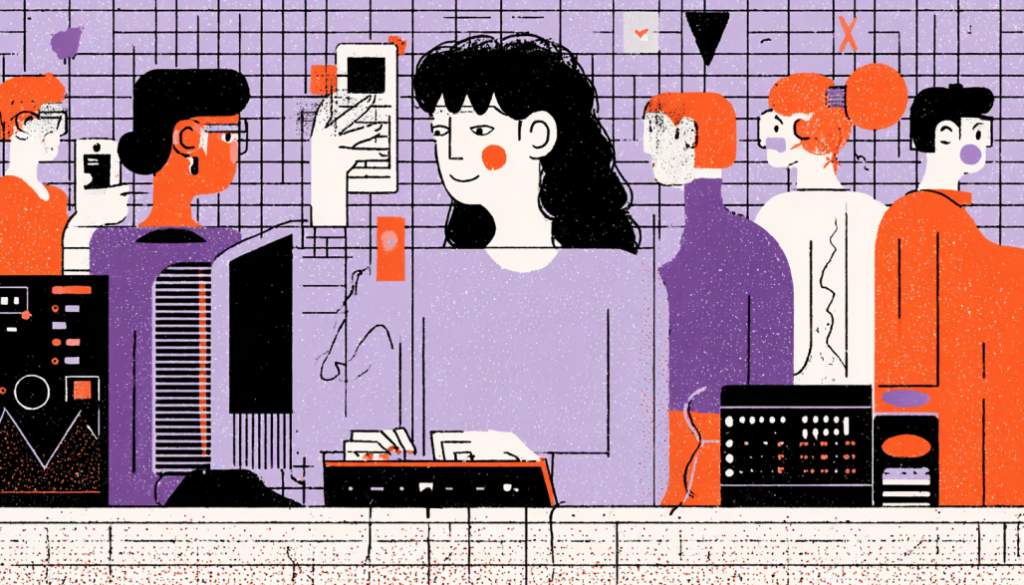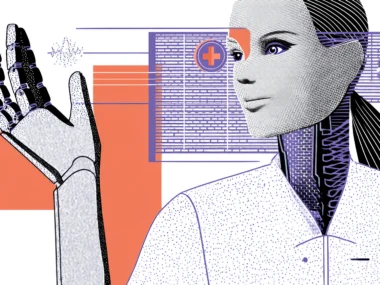Technology has always been about problem-solving. From the first wheel to the latest iPhone, each invention tried to make life easier, faster, or more efficient. But here’s a thought: what if technology could also make life feel better?
That’s where emotionally intelligent design comes in—a space where artificial intelligence meets human empathy. The idea isn’t science fiction anymore. It’s already happening through tools like emotion AI, sentiment analysis, and proactive assistance systems. The real challenge is not whether machines can recognize emotions, but whether we should let them—and how we ensure they do it responsibly.
This article dives deep into how emotionally intelligent design works, its current applications, and its ethical implications. Along the way, we’ll explore real-world case studies, research findings, and practical strategies for senior UX designers and ethicists who want to create meaningful, empathetic digital experiences.
The Rise of Emotion AI: Machines That “Listen” Beyond Words
What Is Emotion AI, Really?
Emotion AI (sometimes called affective computing) is about training machines to detect and respond to human emotional states. Instead of focusing solely on what people say or do, it interprets how they feel.
It pulls cues from:
- Facial expressions (smiles, frowns, micro-expressions)
- Voice tone and pitch (frustration vs. excitement)
- Physiological signals (heart rate, skin conductance, eye movement)
- Behavioral patterns (hesitation, fast clicks, retyping)
For example, a call center platform might use emotion AI to detect when a customer is getting upset, then alert the agent to switch to a calmer, more empathetic tone.
Case Study: Affectiva
Affectiva, an MIT Media Lab spinout, developed technology that reads emotions through facial recognition. Their software is used in automotive systems to detect drowsiness or distraction in drivers. Imagine your car recognizing fatigue and suggesting a break—that’s Emotion AI applied to safety.
Research Backing
According to a 2023 Gartner report, by 2027, 40% of frontline customer service interactions will include Emotion AI analysis to improve outcomes. That means within a few years, empathetic tech may become a baseline expectation, not a novelty.
Design Implications
For UX designers, this unlocks possibilities like:
- Customer service bots that respond with warmth when sensing user stress.
- Health apps that detect rising anxiety through voice input and suggest meditation.
- Learning platforms that adjust pacing if frustration is detected.
But here’s the tension: when does empathy turn into surveillance? Should apps track your mood without explicit consent?
This is the ethical dilemma that designers and ethicists need to address.

Sentiment Analysis: Turning Raw Data Into Emotional Insight
The Science of Sentiment
While Emotion AI leans heavily on physiological and visual cues, sentiment analysis focuses on language. It uses natural language processing (NLP) to detect whether a message is positive, negative, or neutral—and increasingly, to understand deeper emotional tones like sarcasm, sadness, or joy.
For example, a customer tweeting “Great, my app just crashed again 🙄” might confuse traditional text analysis. Sentiment analysis, however, picks up the sarcasm, flagging it as negative feedback.
Case Study: Spotify Wrapped
Ever noticed how Spotify Wrapped feels almost personalized with love? Behind the scenes, Spotify analyzes not only your listening history but also social sentiment. By studying how people react online, they refine features to spark joy and community. That’s sentiment analysis feeding into a design that feels celebratory, not transactional.
Data-Driven Empathy
Sentiment analysis helps designers and product managers:
- Spot pain points early: If social chatter spikes with words like “frustrated” or “confusing,” it’s a signal.
- Validate design decisions: Microcopy changes can be tested by analyzing feedback tone.
- Understand brand perception: Beyond star ratings, the emotional undercurrent of reviews tells a richer story.
Research Backing
A study published in the Journal of Retailing and Consumer Services (2022) found that businesses using sentiment analysis to adjust product design increased customer satisfaction scores by 22% compared to those relying solely on surveys.
So yes, emotions are data—and data can drive empathy.

Proactive Assistance: Anticipating Needs Before Users Ask
From Reactive to Proactive
Traditional design is reactive. Users click, complain, or search—then products respond. But emotionally intelligent design shifts toward anticipation.
Proactive assistance is when a product recognizes a need before it’s voiced. It’s not about guessing wildly; it’s about picking up subtle patterns and nudges.
Think of it as a friend who brings you water before you even realize you’re thirsty.
Real-World Applications
- Healthcare: Apps like Woebot use conversational AI to check in on users’ mental health proactively, not just when asked.
- Education: Duolingo adapts difficulty levels in real time when it detects repeated mistakes, preventing frustration.
- E-commerce: Amazon’s predictive recommendations can feel uncanny—but when refined ethically, they can save users time.
Case Study: Google Maps
Google Maps offers proactive rerouting when it detects traffic ahead. Users don’t ask; the app simply steps in, reducing stress. This approach is a practical example of empathetic, proactive design—anticipating frustration and removing it.
Research Backing
According to Forrester Research, proactive customer engagement can increase satisfaction rates by 33%. The kicker? Customers perceive proactive help as a form of care, not just functionality.

Ethical Implications: Empathy or Exploitation?
The Double-Edged Sword
Here’s the elephant in the room: if AI can detect and respond to emotions, it can also exploit them. A shopping app might detect stress and “soothe” you with retail therapy prompts. That’s not empathy—it’s manipulation.
Case Study: Cambridge Analytica
While not Emotion AI directly, the Cambridge Analytica scandal showed how data-driven psychological profiling can influence emotions for political gain. Imagine that power amplified with real-time emotional detection. Terrifying, right?
Key Ethical Dilemmas
- Consent: Should emotional tracking always be opt-in?
- Transparency: How do we inform users without overwhelming them with jargon?
- Boundaries: Should some domains (like children’s apps) completely ban Emotion AI?
- Bias: Emotional recognition has shown accuracy gaps across ethnic groups. What happens when empathy itself becomes biased?
Research Backing
MIT’s Media Lab has warned that many emotion recognition systems overclaim accuracy, especially across diverse populations. Designing without acknowledging this bias risks reinforcing inequities.
Principles for Ethical Emotion AI
- Transparency first: Users must know when and how emotions are being analyzed.
- Purpose-driven design: Emotional data should serve user well-being, not company profits alone.
- Human fallback: Escalate complex emotional situations to real humans.
- Audit bias continuously: Ensure systems don’t misinterpret emotions based on cultural or demographic differences.
Ethics isn’t a checklist—it’s an ongoing dialogue. Designers and ethicists must actively collaborate here.

Looking Ahead: The Future of Empathetic Products
What’s Next?
The future may bring products that feel almost like companions—apps that not only understand your schedule but also your stress levels, offering support like a thoughtful friend.
Imagine:
- Smart homes that dim lights when sensing tension in your voice.
- Cars that play calming music during traffic jams.
- Work platforms that recommend breaks after detecting fatigue in typing patterns.
The Human Element
But let’s not kid ourselves—machines won’t “feel.” What they can do is mirror empathy. That’s why emotionally intelligent design must always be anchored by human values.
The danger isn’t that AI will lack empathy—it’s that we might design systems that pretend to care but really just sell.
So, can AI help us build more empathetic products? The answer is yes—but only if guided by responsible design. Emotion AI and sentiment analysis open doors to deeper user understanding. Proactive assistance hints at truly supportive experiences. But without ethical guardrails, those same tools risk manipulation and mistrust.
For senior UX designers, the idea is a chance to expand practice from usability to emotional resonance. For ethicists, it’s a call to guard against emotional exploitation.
At its core, emotionally intelligent design isn’t about making machines “human.” It’s about making technology respect, reflect, and respond to the human experience—without losing sight of dignity and trust.
Because in the end, the real measure of emotionally intelligent design isn’t whether AI understands us. It’s whether we choose to understand each other better, using technology as a bridge, not a barrier.






